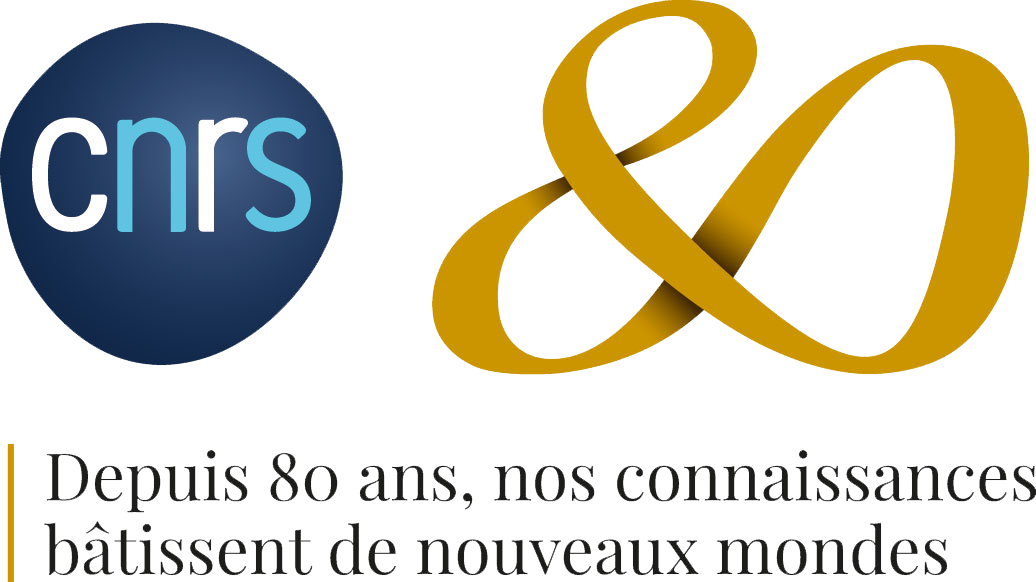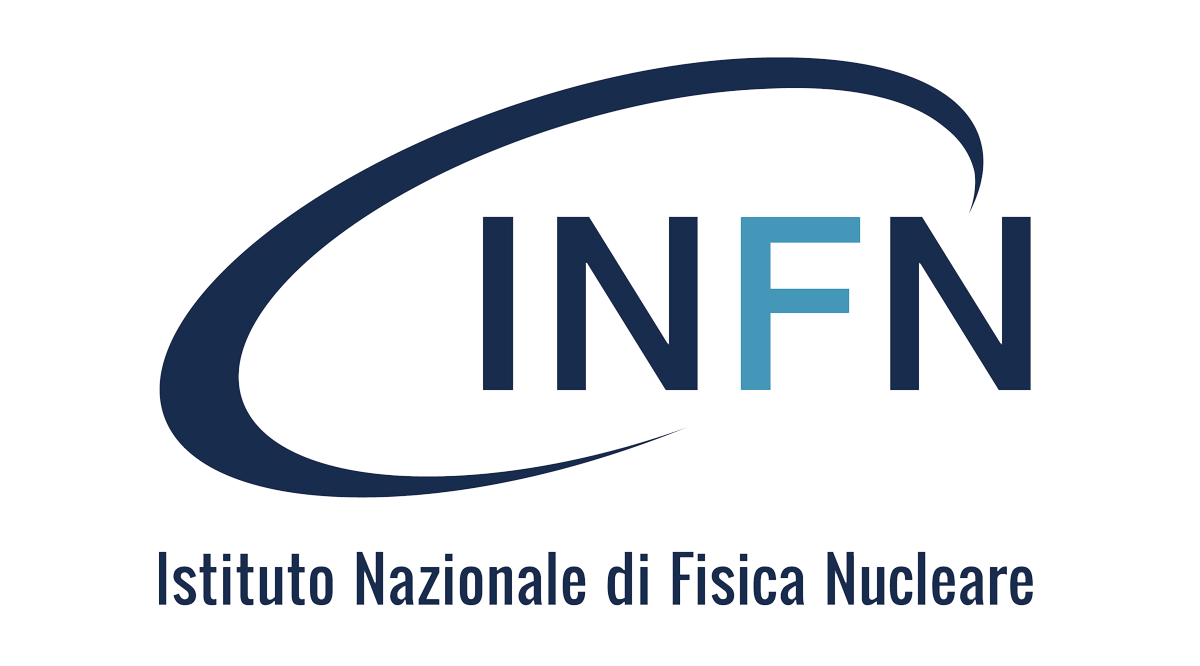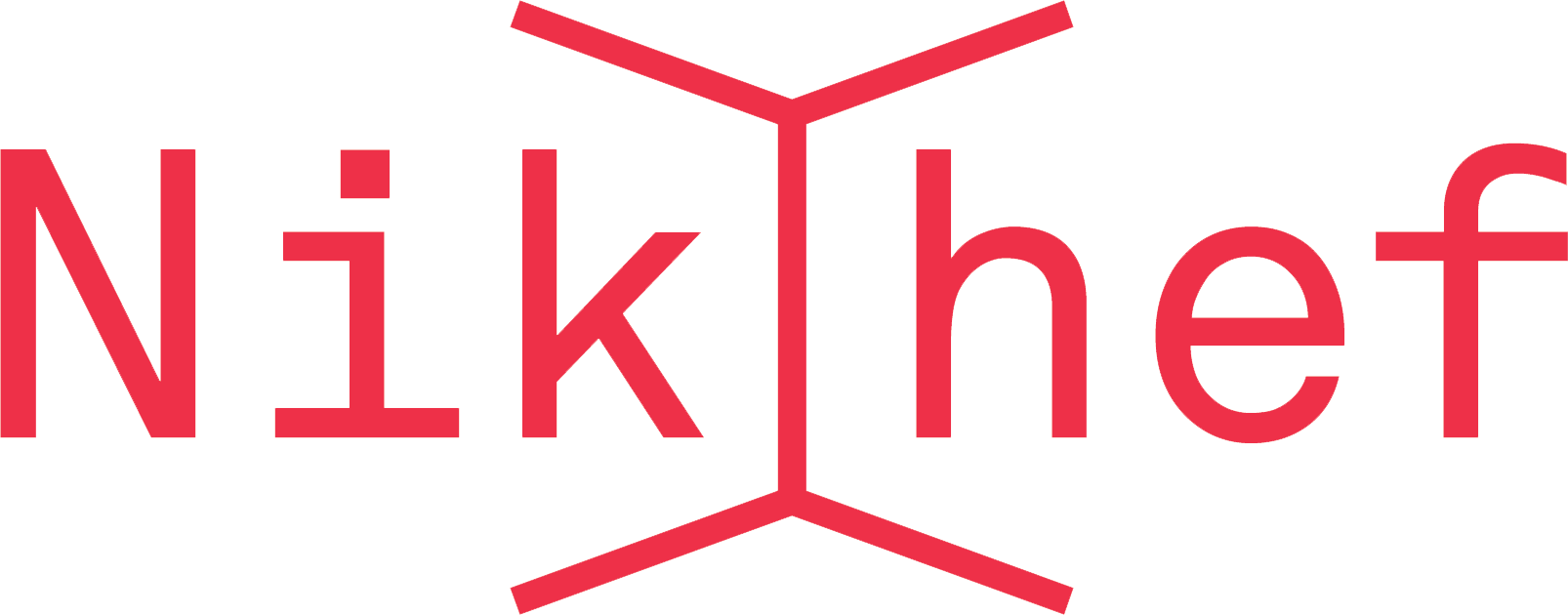Information Technology (IT)
The IT Department, which grew out of the people who worked on Virgo’s IT systems from INFN and CNRS laboratories prior to the birth of the EGO institution, is responsible for the design, implementation and operation of the site’s entire IT infrastructure, from the network level to the operating system and services level, as well as many of the software applications built for the Virgo interferometer itself or for collaboration (NoEMi noise pipeline, documentation or monitoring websites, data transfer).
In addition, the IT group manages the mail and web servers, supports users with desktop hardware and software, and maintains the technical infrastructure in the meeting and conference rooms.
When one reads about the detection of a new gravitational wave event, such as GW170817, which detected the first episode of kilonova that was optically seen in the early stages thanks to the LIGO-Virgo localisation, one can be sure that a great deal of fast calculation was carried out to enable it. The Cascina site is the first stage of the calculation chain that extracts the signal from the Virgo interferometer and exchanges it with that of the LIGO interferometers (and in the future also of KAGRA) with a delay of less than a minute. The second phase (on-line data analysis) consists of calculating the signals of all the coincident interferometers to search for gravitational wave candidate events. The third phase is the verification of the events discovered on the interferometers to ensure that there are no noise artefacts. Finally, the final stage is the comparison of the events with the non-gravitational detectors.
Expertises & facilities
Technicians and Engineers have expertises in the following areas:
- LAN architecture and cabling
- wireless networks
- Security assessment and auditing
- VPN and remote access
- Virtual machine architectures (IaaS)
- Linux and Windows operating systems and clustering
- VDI architectures
- Identity management and SAML authentication
- Storage systems and SAN
- Configuration of HTCondor
- MySQL and Microsoft-SQL databases and clusters
- PHP/. Net/python development
- iOS/Android development
- Web content management systems
- DNS/mail/Radius/Certificates
- VoIP telephone systems
- Audiovisual and teleconferencing systems
- Physical access and monitoring
- Data centre structures, data centre fabric architectures
Computing facilities & data storage
Design and administration of computer systems, servers, networks and cybersecurity, web applications and databases. Administration of computer systems and servers, management of virtualisation systems. Design and administration of computer systems: clusters, storage, backup; design and development of software procedures for data management and distribution.
IT FACILITIES & NETWORK
Software development of the VMD, TDS and DRS. Provides support for VIM and the various Logbooks. Manages Virgo members’ EGO Active Directory accounts and also their ligo.org accounts. Also provides support for Virgo mailing lists. Software development. Installation and management of computer systems. Technical support in Conferences. Support for all workers (PC installation, software, troubleshooting). Design and administration of computer systems and servers Windows area, telephony, videoconferencing systems. Management of AD accounts.
DATA ANALYSIS SUPPORT
Software development for EU projects.
Job & internship opportunities
Spontaneous job applications are more than welcome by sending to jobs@ego-gw.it CVs and EGO application form to be found here.
Contacts
Via E. Amaldi,5
56021 Cascina (PI) – Italy
Tel +39 050 752511
Contact us
How to reach us



